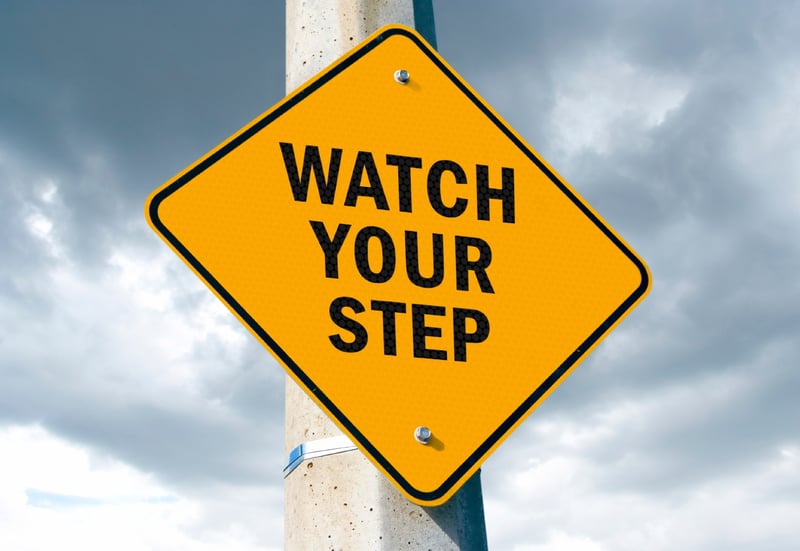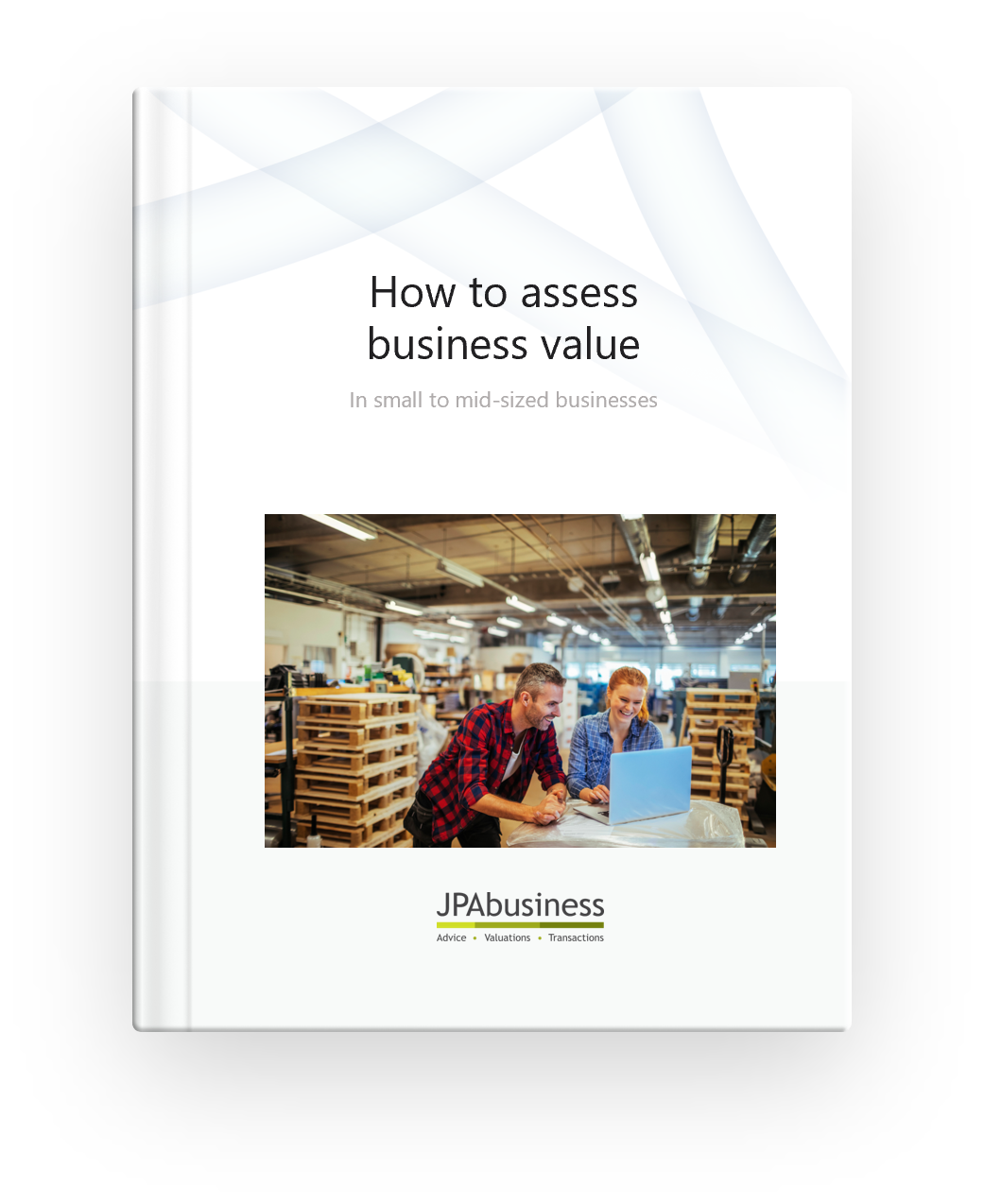
When it comes to valuing businesses – listed or private – you will often hear people refer to ‘rules of thumb’. Some will say the value of a business is:
- ‘x times its revenue’ or
- ‘x multiples of its earnings’ or
- ‘a function of its after-tax profit’ or
- ‘a function of its gross profit’ and so on.
These ‘rules of thumb’ tend to be industry based i.e. “a business in Industry A is worth ‘x’ times multiple of earnings” while “a business in Industry B is worth ‘x’ times revenue”. (I won’t repeat the actual ‘rules’ I’ve heard – I don’t want to encourage anyone to use them!)
From my experience a valuation does not have a silver bullet because, by definition, each business is different.
Our view, as professional business valuers, is that while there are guidelines around what a small business might be worth compared to a large business, or what a large business in, for example, the pharmacy sector might be worth compared to a large business in the manufacturing sector etc, every business is different. As a result, simple rules of thumb will not provide a realistic view of a business’ potential value.
Why rules of thumb are too simplistic
Here’s an example of how rules of thumb can be misleading.
Rule of thumb: Small businesses are worth between 2.2 and 3.1 times their earnings
Imagine we have two wholesale foodservice businesses servicing very similar markets.
Both have a turnover of $5 million and business maintainable earnings of $500,000.
Business A has 60% of its revenue reliant on three customers.
Business B has 60% of its revenue reliant on 30 customers, with no single customer contributing more than 5% of revenue.
If we apply the simple multiple of earnings rule of thumb (i.e. the businesses are worth between 2.2 and 3.1 times their earnings) both businesses will have the same value range: $1.1–$1.55 million.
But what about customer concentration risk and its potential impact on future earnings?
Business B has a diverse customer base so the likelihood of its earnings being maintained into the future is high.
However the bulk of Business A’s revenue is concentrated in just three customers – if it loses one or two customers, its earnings could evaporate.
Based on these different risk profiles, it is unrealistic to think these two businesses would be valued the same by the market.
Mix of methods preferred by professional valuers
There are many methods that can be used when valuing a business, including income method, cost method, business maintainable earnings (BME), underlying cash flow, assets and intangible assets, etc.
If you need a business valued, it’s important that you seek advice from a professional who has the skills and experience to make a match between valuation methods, the specific business being valued and the purpose of the valuation.
Relying on so-called ‘rules of thumb’ to give you an indication of what a business is worth – whether you are buying, selling or seeking a valuation for another purpose – is fraught with danger. I strongly advise you don’t make a serious decision impacting your business wealth without ensuring you have a comprehensive opinion of value to provide decision support.
JPAbusiness offers a range of business valuation services. If you are considering obtaining a business valuation for any purpose, contact our team on 02 9893 1803 or 02 6360 0360 for a confidential, initial discussion.

